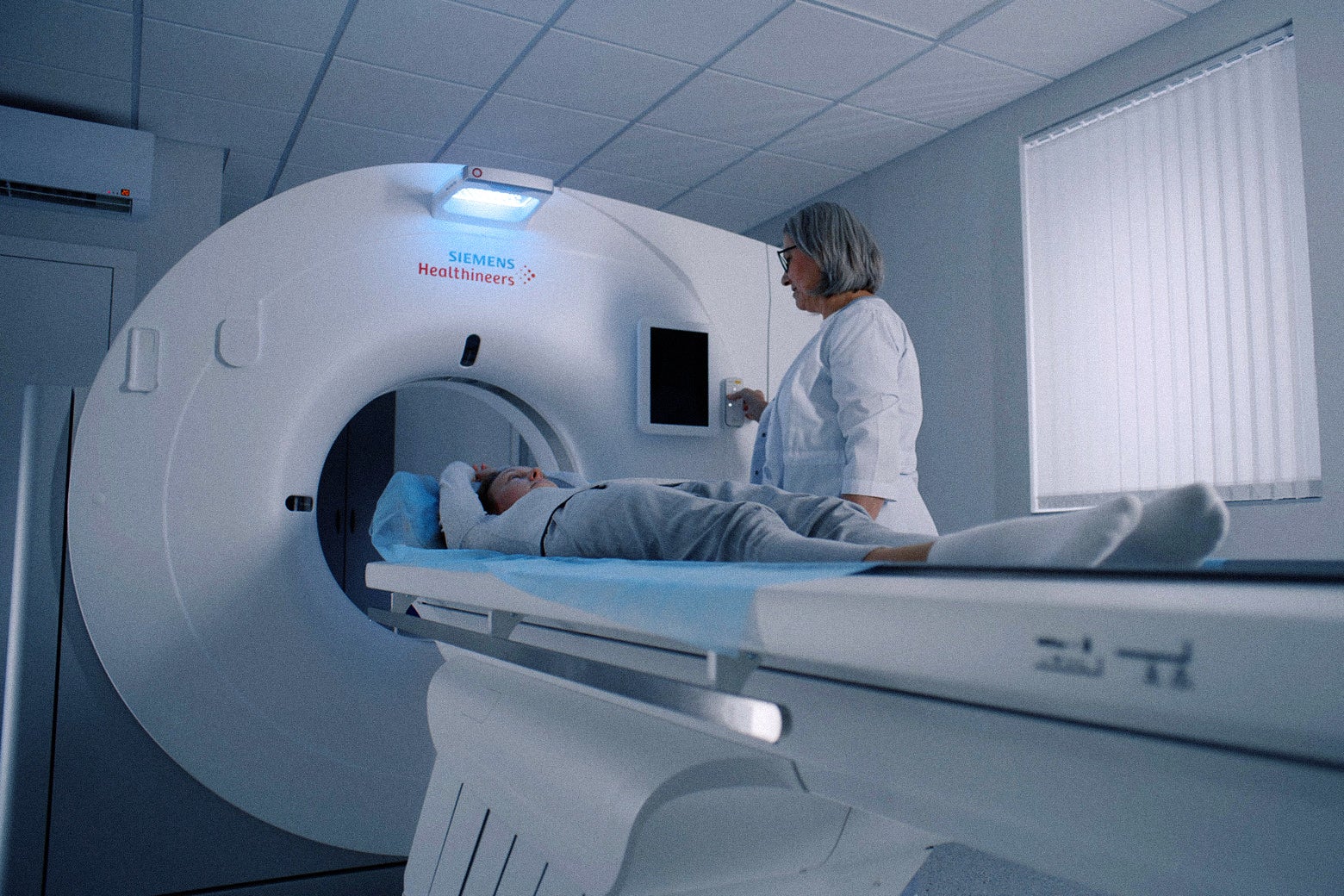CT Scans and Cancer: Unraveling the Truth Behind the Viral Paper
The Claim: CT Scans and Increased Cancer Risk
According to the controversial paper, which has garnered massive attention, the routine use of CT scans could potentially be implicated in causing a rise in cancer cases. This assertion has sent ripples through the medical community and the public. Is there credible evidence behind this, or are these claims exaggerated?
Understanding CT Technology and Its Benefits
CT scans, or computed tomography scans, are advanced imaging tools that combine X-ray equipment with computers to generate detailed cross-sectional images of the body. These scans have been pivotal in diagnosing medical conditions, guiding treatments, and monitoring diseases. But with the purported risk of radiation exposure, where does one draw the line?

Diving into the Research: Separating Fact from Fiction
Dr. Jane Smith, a renowned radiologist, opines, “While it's true that CT scans expose patients to more radiation than standard X-rays, the risks are relative. The benefits often outweigh the potential dangers, especially when they are indispensable for accurate diagnoses.” Many studies suggest that while there's a theoretical risk, the actual impact is minimal.
“Science is the poetry of reality.” – Richard Dawkins
Radiation Dosage Breakdown: What’s Acceptable?
- Standard X-ray: Equivalent to 10 days of natural radiation exposure.
- CT Scan of the Head: Roughly 8 months of natural radiation exposure.
- CT Scan of the Abdomen and Pelvis: Nearly 3 years of natural radiation exposure.
Understanding the dosage helps demystify potential risks, guiding healthcare professionals to make informed decisions.
Media Influence and Public Perception
With sensational headlines and social media shares, perceptions can be easily skewed. It's crucial to rely on expert guidance and evidence-based research. Articles by platforms like Nature and research papers from NCBI provide in-depth insights that go beyond the surface claims.
Exploring Alternatives and Innovations in Imaging
Given growing concerns, researchers are tirelessly working towards safer imaging alternatives. Innovations include:
- Low-dose CT scans that significantly reduce radiation exposure.
- MRI scans, which use magnetic fields instead of radiation.
Final Thoughts: Balancing Risk and Necessity
In the landscape of modern medicine, CT scans play a critical role. Decisions should be made based on necessity, and conversations around their use must be informed by science and expert advice. Consider supplementing your knowledge with well-rated medical literature like Essentials of Radiology.
What the Future Holds for Imaging Technology
The future of medical imaging is promising, with strides toward safer, more accurate technologies. Keep abreast of developments through trusted sources and innovations shared by health experts on platforms like LinkedIn.
